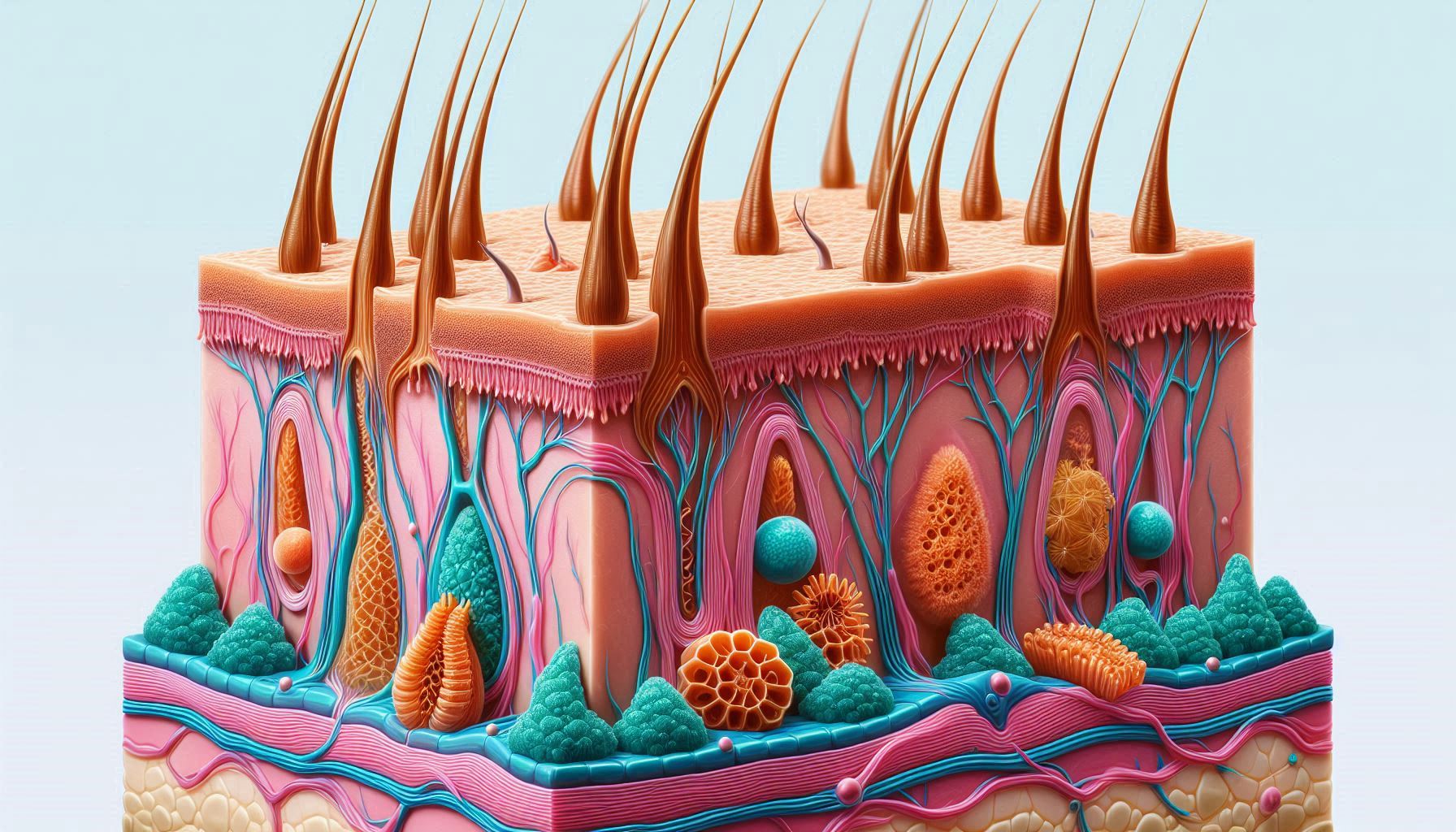
Pain-Free Hair Transplant: A Comprehensive Guide to Minimal Discomfort Hair Restoration
Hair transplants have evolved significantly over the years, with modern techniques designed to offer effective solutions for hair loss while minimizing discomfort and pain. The concept of a minimal pain hair transplant focuses on reducing patient discomfort during and after the procedure, ensuring a smoother and more comfortable experience. This guide explores the advancements in pain management during hair restoration, the techniques used to ensure minimal pain, and what patients can expect throughout their journey.
Understanding Minimal Pain Hair Transplant
A minimal pain hair transplant aims to provide the benefits of hair restoration with as little discomfort as possible. This involves advancements in surgical techniques, anesthesia, and post-operative care to ensure that patients experience minimal pain during and after the procedure.
Key Factors Contributing to Minimal Pain Hair Transplants
- Advanced Techniques: Modern hair transplant techniques have been refined to reduce pain and enhance patient comfort. These techniques include Follicular Unit Extraction (FUE) and Follicular Unit Transplantation (FUT), both of which incorporate methods to minimize discomfort.
- Local Anesthesia: The use of local anesthesia is crucial in minimizing pain during the procedure. Local anesthetics numb the donor and recipient areas, ensuring that patients feel minimal discomfort while the hair follicles are being harvested and transplanted.
- Minimally Invasive Methods: Techniques such as FUE are less invasive compared to traditional methods. FUE involves extracting individual hair follicles using a small punch tool, which results in less tissue damage and a faster recovery time. This approach reduces pain and promotes quicker healing.
- Advanced Pain Management: Pain management strategies have evolved to include various medications and techniques to ensure patient comfort. Pre-operative medications, sedation, and post-operative pain relief are tailored to each patient’s needs to ensure a comfortable experience.
- Post-Operative Care: Proper post-operative care plays a significant role in managing pain and ensuring a smooth recovery. Patients receive detailed instructions on how to care for the treated area, including guidelines on managing discomfort and preventing complications.
The Hair Transplant Procedure
Here’s a step-by-step overview of what to expect during a minimal pain hair transplant:
- Consultation and Planning: The process begins with a thorough consultation with a hair restoration specialist. During this consultation, the surgeon will assess your hair loss pattern, discuss your goals, and develop a personalized treatment plan.
- Anesthesia Administration: On the day of the procedure, local anesthesia is administered to numb the donor and recipient areas. This step ensures that you experience minimal pain during the extraction and transplantation of hair follicles.
- Follicle Extraction: Depending on the chosen technique (FUE or FUT), the surgeon will proceed with the extraction of hair follicles. In FUE, individual follicles are removed using a small punch tool. In FUT, a strip of scalp is excised, and the follicles are dissected from the strip. Both methods are designed to minimize discomfort.
- Recipient Area Preparation: Tiny incisions or slits are made in the recipient area to prepare for the placement of hair follicles. The precision of these incisions contributes to reducing discomfort and promoting natural-looking results.
- Graft Placement: The harvested hair follicles are carefully placed into the prepared incisions. The surgeon ensures that each graft is positioned to achieve a natural-looking hairline and density.
- Post-Procedure Care: After the procedure, patients are given detailed instructions on how to care for the treated area. This includes guidelines on managing discomfort, avoiding certain activities, and using prescribed medications.
Benefits of Minimal Pain Hair Transplants
- Improved Comfort: One of the primary benefits is the enhanced comfort during and after the procedure. Modern techniques and pain management strategies ensure that patients experience minimal discomfort, making the overall experience more pleasant.
- Faster Recovery: Reduced pain and minimal tissue damage contribute to a quicker recovery period. Patients can resume their normal activities sooner and experience less downtime.
- Enhanced Results: Minimal pain techniques focus on precision and accuracy, leading to better overall results. The advanced methods used in these procedures often result in a more natural-looking hairline and improved hair density.
- Patient Satisfaction: A focus on minimizing pain enhances patient satisfaction and contributes to a positive overall experience. Patients are more likely to be pleased with their results and the process when discomfort is minimized.
Post-Procedure Pain Management
Effective pain management is essential for a smooth recovery. Here are some strategies used to manage pain after a hair transplant:
- Pain Medications: Patients are often prescribed pain medications to manage any discomfort experienced after the procedure. These medications are carefully chosen to ensure that they effectively alleviate pain without causing adverse effects.
- Cold Compresses: Applying cold compresses to the treated area can help reduce swelling and numbness, contributing to overall comfort.
- Avoiding Irritants: It’s important to follow the surgeon’s instructions regarding activities to avoid after the procedure. This includes avoiding strenuous activities and refraining from touching or scratching the treated area.
- Gentle Care: Patients should follow the prescribed aftercare regimen, which includes gentle washing and avoiding harsh hair products. Proper care helps prevent complications and reduces discomfort.
FAQs About Minimal Pain Hair Transplants
1. How long does the hair transplant procedure take?
The duration of the procedure can vary depending on the number of grafts and the technique used. On average, it takes between 6 to 10 hours.
2. Is the hair transplant procedure painful?
With the use of local anesthesia and modern techniques, the procedure is designed to be minimally painful. Most patients experience only mild discomfort during and after the procedure.
3. How long is the recovery period after a minimal pain hair transplant?
The initial recovery period typically lasts about 7 to 10 days, during which time patients may experience mild discomfort and swelling. Full results can be seen within 12 to 18 months.
4. Can I return to work immediately after the procedure?
Most patients can return to work within a week, though recovery time may vary based on individual factors and the extent of the procedure.
5. Are there any risks associated with a minimal pain hair transplant?
As with any surgical procedure, there are risks, including infection, scarring, and suboptimal hair growth. However, these risks are minimized with proper care and an experienced surgeon.
6. How do I choose the right surgeon for a minimal pain hair transplant?
Select a surgeon with extensive experience in hair transplantation, positive patient reviews, and a proven track record of successful outcomes.
7. Will the transplanted hairline look natural?
When performed by an experienced surgeon, the results should look natural and blend seamlessly with your existing hair.
8. How many grafts are needed for a minimal pain hair transplant?
The number of grafts required depends on the extent of hair loss and the desired density. On average, 1,500 to 3,000 grafts may be needed.
9. What should I expect during the recovery period?
You may experience redness, swelling, and mild discomfort in the treated area. Following the surgeon’s post-procedure care instructions will help ensure a smooth recovery.
10. Can women undergo a minimal pain hair transplant?
Yes, minimal pain hair transplants are suitable for both men and women who wish to achieve a natural-looking hairline with minimal discomfort.
Conclusion
A minimal pain hair transplant offers a modern approach to hair restoration that prioritizes patient comfort and satisfaction. By incorporating advanced techniques, effective pain management, and careful post-operative care, this procedure aims to provide excellent results with minimal discomfort.




